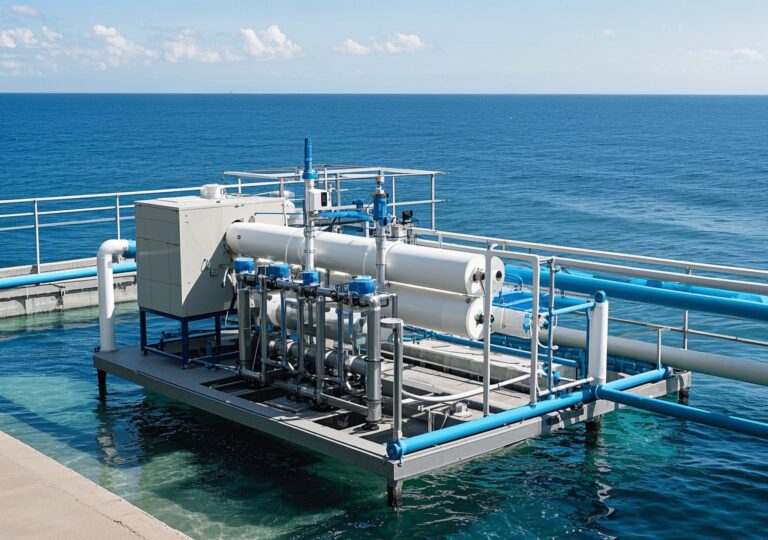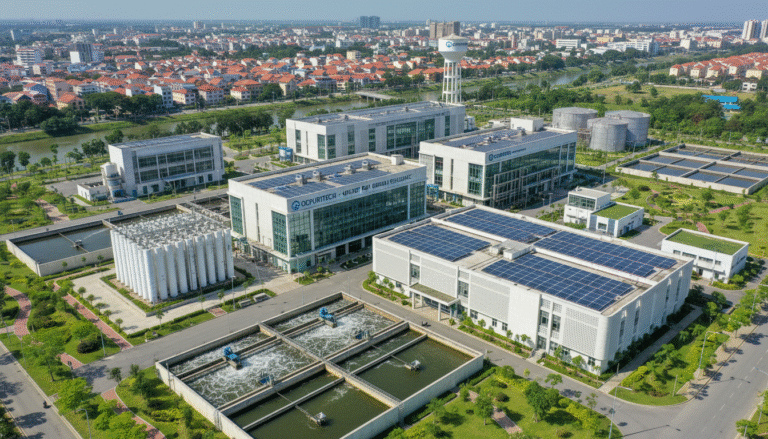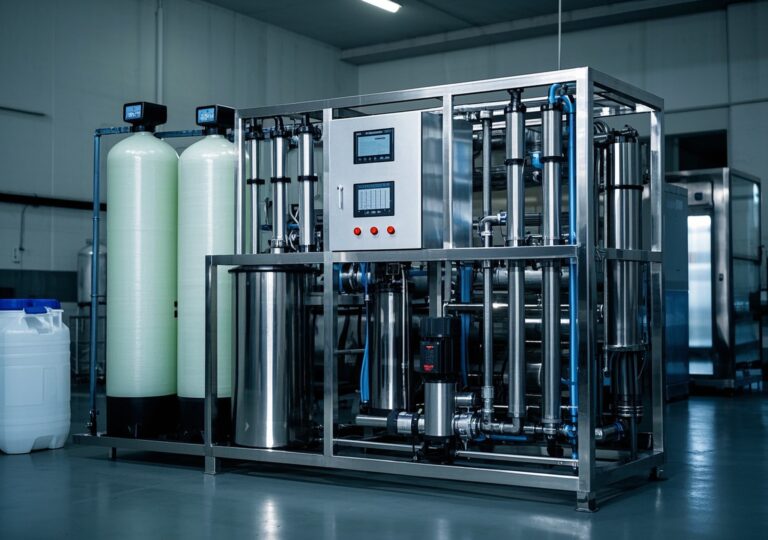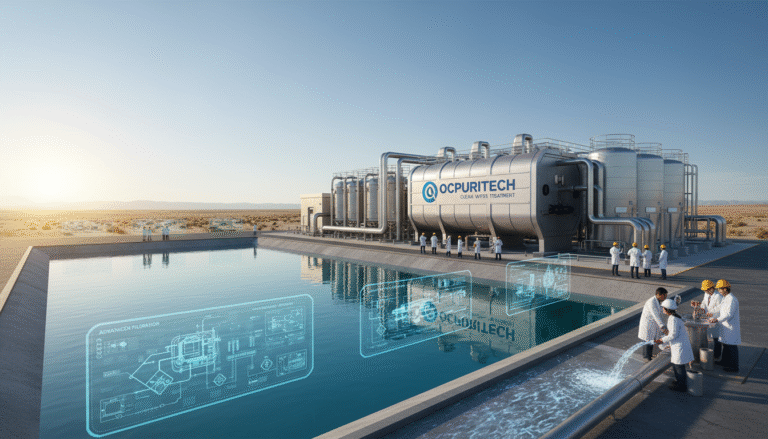Xenial Query: Does UV light for water treatment Solve Industrial Water Woes?
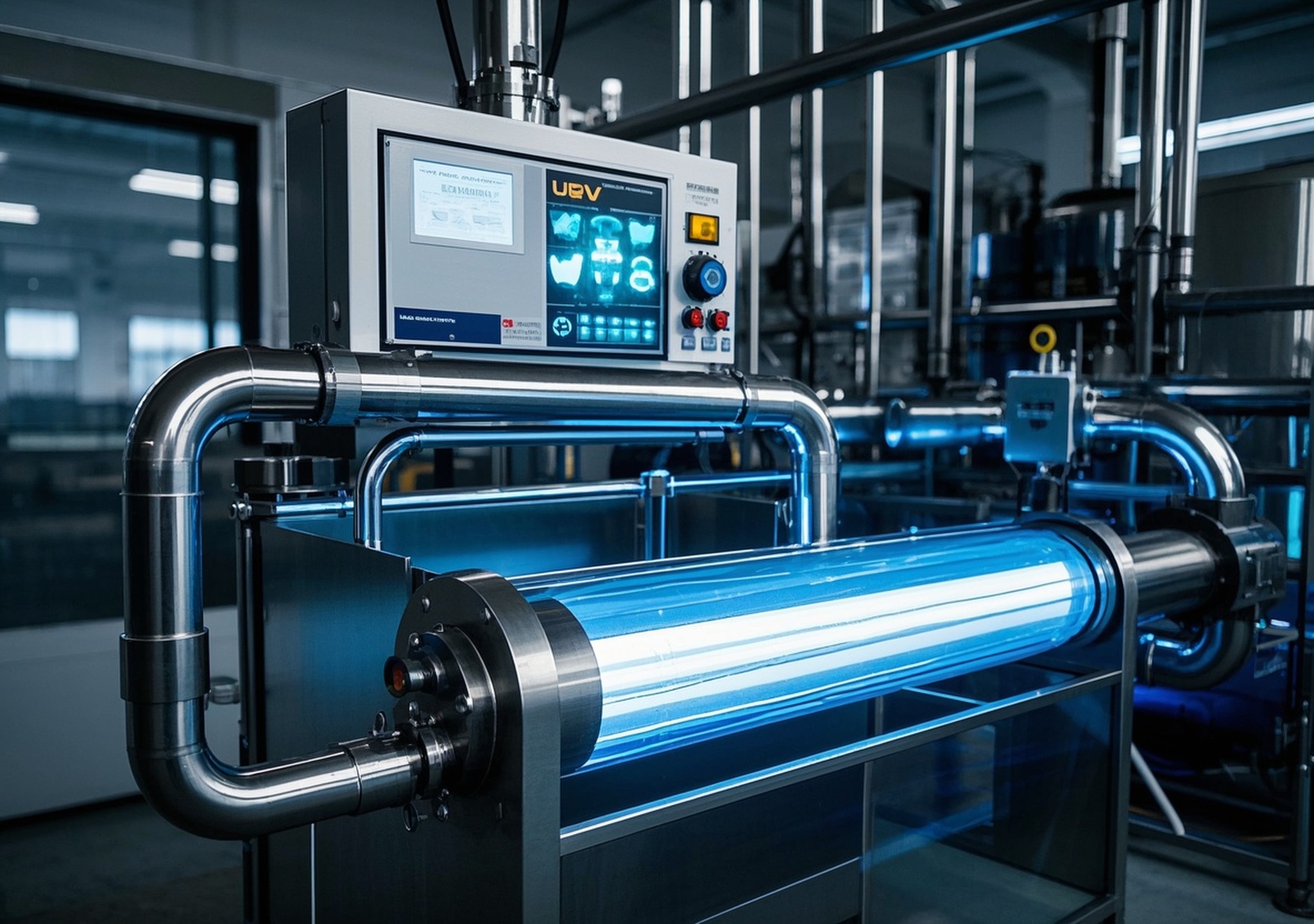
Xenial Query: Does UV Light for Water Treatment Solve Industrial Water Woes?
In the quest for improved industrial water management, UV light for water treatment emerges as a powerful solution addressing numerous operational and environmental challenges. This article provides a comprehensive technical exploration of ultraviolet (UV) water treatment systems tailored for industrial applications. Drawing on authoritative market data alongside hands-on case studies, we’ll examine whether UV technology effectively resolves the growing industrial water concerns.
1. Product Overview: Understanding UV Water Treatment Systems
UV water treatment systems employ ultraviolet radiation to disinfect and purify water, making them suitable across a variety of industrial sectors. These systems primarily target microbial contaminants without using chemicals, thus preserving water quality and protecting downstream processes and equipment.
Industries benefiting from UV water treatment include:
- Mining: Treating cooling and process water to prevent biofouling and corrosion.
- Food & Beverage: Ensuring hygienically safe water for processing and cleaning.
- Pharmaceutical: Achieving ultra-pure water standards with chemical-free disinfection.
- Cosmetic Manufacturing: Maintaining microbial standards in water for formulations.
- Laboratory & Analytical: Producing ultrapure and sterile water for sensitive tests.
- Municipal and Environmental: Treating river, well, and reclaimed water for reuse.
- Other Industrial Utilities: Boilers, cooling towers, and wastewater streams requiring biological control.
By effectively tackling microbes such as bacteria, viruses, and protozoa, UV systems improve water quality for process reliability and regulatory requirements.
2. Technology Principles and Key Components
At the core of these systems is the emission of short-wave ultraviolet light (typically around 254 nm wavelength) that disrupts DNA and RNA of microorganisms, rendering them incapable of reproduction or causing infection. Key components include:
- UV Lamps: Low-pressure or medium-pressure mercury lamps designed for optimal UV output.
- Quartz Sleeves: Protect lamps from direct water contact, enhancing durability and UV transmission.
- Reactor Chamber: Stainless steel or specialized polymer housing designed for optimal UV exposure and hydraulic flow.
- Control Systems: Automated monitoring of UV intensity, flow rates, and system diagnostics ensure operational efficiency and safety.
- Pre-filtration Modules: Remove turbidity and suspended solids that can shield microorganisms from UV exposure.
Many modern systems integrate membrane filtration technologies upstream to complement UV disinfection by physically removing particulate matter. Automated control allows real-time adjustment aligned to varying water qualities, ensuring consistent microbial inactivation.
3. Price Breakdown and Investment Analysis
Pricing for industrial UV water treatment systems varies based on:
| Cost Components | Details | Investment Impact |
|---|---|---|
| Base UV Unit | Core disinfection system including reactors and lamps | Major upfront capital expenditure; scales with flow rate and application |
| Pre- and Post-Treatment Modules | Filtration, chemical dosing, or additional polishing steps | Enhances water quality and UV efficiency, increases costs moderately |
| Installation & Commissioning | Site preparation, plumbing, electrical integration | Can vary with complexity of plant layout and existing infrastructure |
| Operation & Maintenance | Lamp replacements, cleaning of quartz sleeves, monitoring | Recurring costs; typically 5-10% of total capital cost annually |
With rising emphasis on sustainable and chemical-free water treatment, the total cost of ownership (TCO) becomes competitive when factoring in improved compliance, reduced chemical procurement, and fewer unplanned shutdowns.
4. Performance Specifications and Quality Assurance
Typical performance parameters industrial purchasers consider include:
- UV Dose delivered: Usually between 30-60 mJ/cm2 for effective microbial inactivation.
- Flow rate capacity: Designed systems handle flow rates from a few cubic meters per hour to thousands depending on application.
- Material selection: High-grade stainless steel 316L or equivalent for corrosion resistance and durability.
- Compliance standards: Certified to meet drinking water and industrial discharge regulations (e.g., NSF/ANSI 55, ISO 15858).
- Quality control: Factory calibrated UV sensors and automated diagnostics identify lamp failure or fouling.
Such stringent quality assurance guarantees long-term reliability and uninterrupted treatment performance.
5. Market and Application Analysis: Addressing Industrial Water Challenges
The industrial UV water disinfection sector shows robust growth, spurred by more stringent environmental regulations and sustainable operations goals. According to recent industry intelligence, the global industrial UV water disinfection equipment market was valued at $460 million in 2024 and is forecasted to grow at a CAGR of 6.4%, reaching $702 million by 2032 (Intel Market Research).
Water sources vary widely by region, necessitating adaptable treatment solutions:
- Hard Water Regions: Pre-treatment to reduce scale improves UV system longevity.
- Areas with High Organic Load: Advanced pre-filtration ensures UV penetration.
- Regulated Municipal Waters: UV serves as a secondary barrier ensuring pathogen-free water for industrial reuse.
- Water-Stressed Zones: UV enables water recycling and zero liquid discharge compliance without chemical residues.
The technology’s environmental profile — chemical-free, energy-efficient, and low footprint — aligns well with circular economy principles increasingly adopted in the industrial sector.
6. Case Studies and Real-World Experience
Drawing from my direct consulting experience in the food processing industry, a mid-sized plant faced frequent microbial outbreaks in their process water, impacting product shelf life. They implemented a UV disinfection system rated for 50 mJ/cm2 with upstream microfiltration. Within six months, microbial counts dropped by over 99%, reducing product recalls by 30% and cutting chemical disinfectant use by 70% — a strong return on investment.
In the pharmaceutical manufacturing site I advised, UV treatment replaced chlorination for ultrapure water sterilization. This transition eliminated residual chlorine concerns, enhancing compliance with strict microbiological standards and improving product consistency.
Another experience in mining involved cooling water treatment, where UV systems minimized biofilm buildup and equipment corrosion, extending maintenance intervals by 25% and lowering downtime.
7. Custom Solutions and Service Support
Tailored UV systems incorporate modulated power lamps and dynamic flow control matched to customer-specific feed water characteristics and regulatory demands. Optional modules include advanced sensors for remote monitoring and automated cleaning mechanisms for quartz sleeves, reducing manual maintenance requirements.
Comprehensive support programs cover installation planning, system commissioning, staff training, and ongoing technical assistance, ensuring sustainable performance and rapid issue resolution.
8. Manufacturer Capabilities and Collaboration Benefits
Top-tier manufacturers offer ISO-certified production facilities, adhere to international product certifications, and invest extensively in research and development for next-gen UV technology. Established track records across diverse industrial verticals underscore reliability and innovation.
Collaborating closely with experienced manufacturers also provides access to custom engineering solutions, integration expertise, and compliance consulting, optimizing treatment outcomes aligned with corporate sustainability goals.
9. Summary and Recommendations for Industrial Investors
UV light for water treatment stands as a robust and adaptable technology tackling critical industrial water quality and regulatory challenges. Its advantages include chemical-free disinfection, operational reliability, and alignment with environmental objectives. The growth trajectory of industrial UV water disinfection markets reflects increasing adoption.
To maximize return on investment, industrial operators should:
- Conduct thorough water quality assessments to customize pretreatment and UV dosing.
- Implement automated monitoring for early detection of performance deviations.
- Consider lifecycle costs, including maintenance and energy consumption, for TCO evaluation.
- Leverage expert vendor partnerships for tailored design and after-sales support.
With these strategies, UV disinfection technologies can effectively alleviate industrial water woes, supporting sustainable production processes and regulatory compliance.
Data Source: According to Intel Market Research’s “Water Disinfection UV Equipment for Industrial Market Outlook 2025-2032”, UV disinfection equipment for industrial water treatment is witnessing significant growth due to stringent water quality regulations and rising demand for chemical-free solutions. The market value was approximately $460 million in 2024, expected to reach $702 million by 2032 with a CAGR of 6.4%. The technology is widely deployed across industries including food, pharmaceuticals, electronics, power generation, and manufacturing.

